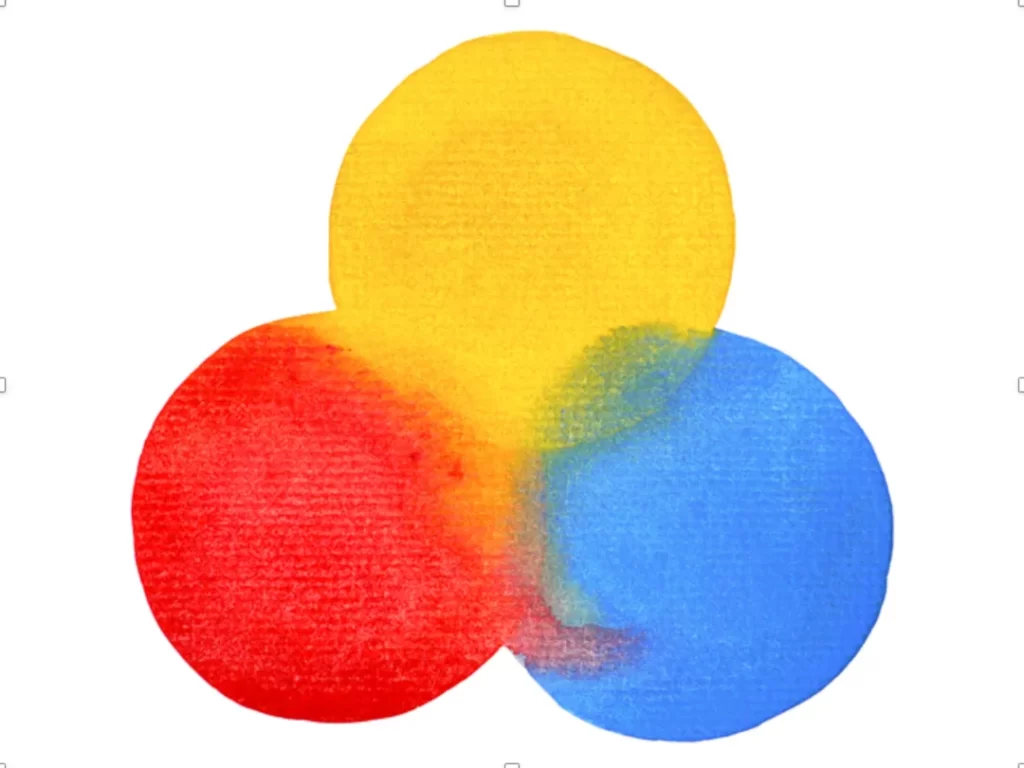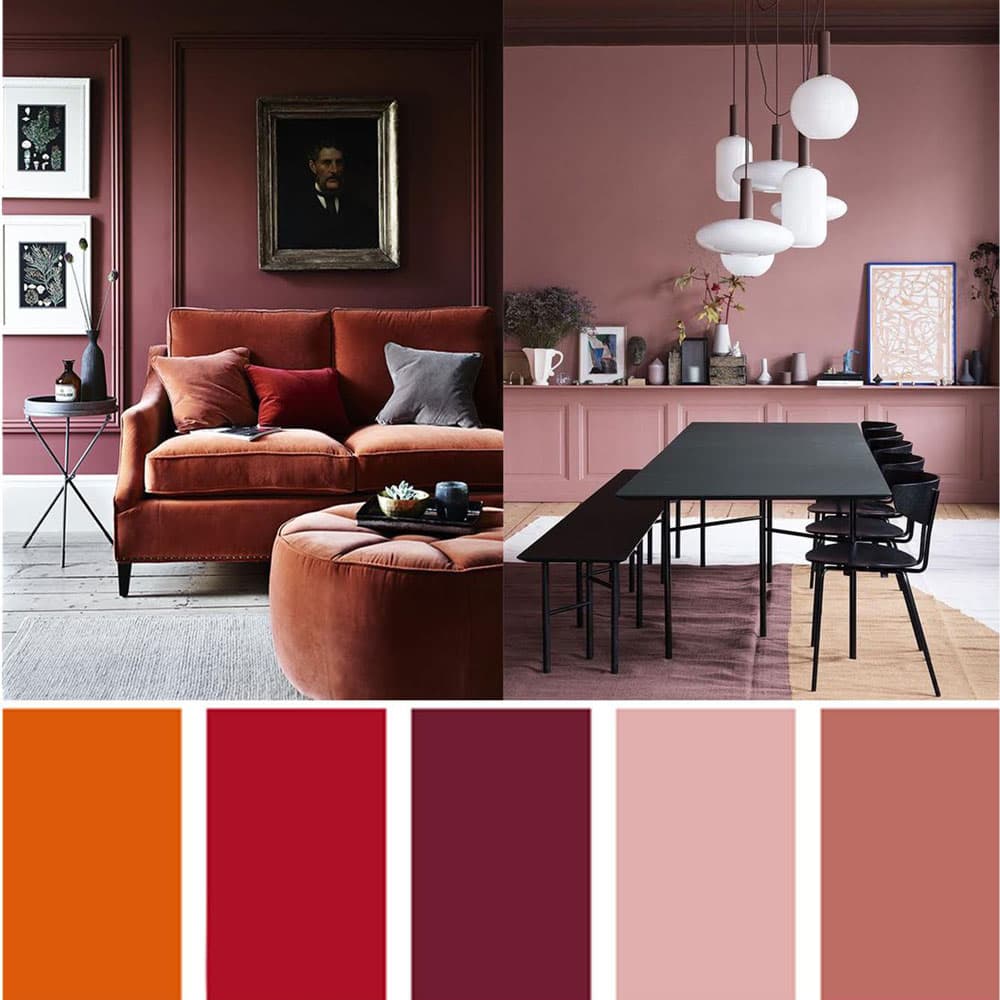Colour Semiotics in Branding: The Hidden Language of Colours
Colours are more than just pretty hues to brighten our days. In branding, colours speak a secret language that can make or break a company's success. Yep, that's right – colour semiotics, the study of how colours communicate meanings, is a crucial element of brand strategy.
So, let's dive into this fascinating topic and unravel the mysteries behind the colours we see plastered across billboards, storefronts, and product packaging every day. Buckle up because I'm about to take you on a wild ride through the kaleidoscopic world of colour semiotics in branding!
Table of Contents
What is Colour Semiotics?
To start, let's define what the heck colour semiotics even is. It studies how colours convey meanings, emotions, and cultural associations. It's like a secret code our brains have been wired to understand, even if we're not always conscious.
Think about it – when you see a stop sign, you don't need to read “STOP” to know what it means. The bright red alone triggers that “WHOA, HOLD UP!” reaction in your noggin. That's colour semiotics in action, baby!
Why is Colour Semiotics Important in Branding?

You might be thinking, “Okay, so colours have meanings. Big deal. What does that have to do with branding?”
Well, here's the thing – in a world where consumers are bombarded with thousands of marketing messages daily, brands need to find a way to stand out and connect with their target audience. And one of the most powerful tools they have in their arsenal? You guessed it – colour.
By carefully selecting colours that align with their brand identity and resonate with their customers' emotions and cultural associations, brands can create a visual language that instantly communicates who they are and what they stand for. It's like a secret handshake that builds rapport and trust with potential buyers.
The Psychology of Colour
But why do certain colours trigger specific emotional responses and associations in our brains? It all comes down to psychology, my friends.
Our perception of colour is deeply rooted in our evolutionary history and cultural conditioning. For example, red is often associated with danger, passion, and energy because it's the colour of blood, fire, and other primal symbols of survival and reproduction.
Similarly, blue is frequently linked to trustworthiness, stability, and calmness because it reminds us of clear skies and tranquil waters – elements our ancestors associated with safety and security.
So, when a brand chooses to use a specific colour in their branding, they're tapping into these deeply ingrained psychological associations, whether consciously or not.
Cultural Influences on Colour Perception
But colour perception isn't just about psychology – it's also heavily influenced by cultural factors. Different cultures and societies have unique associations and symbolism attached to specific colours, which can vary widely across the globe.
For instance, in Western cultures, white is often associated with purity, innocence, and cleanliness. But in some Eastern cultures, white is the colour of mourning and death. Yikes!
That's why brands must consider the cultural backgrounds of their target audiences when selecting colours for their branding. What might be a cheerful, uplifting colour in one market could be seen as offensive or inappropriate in another.
Colour Semiotics in Action: Real-World Examples
Okay, enough with the theory – let's look at some real-world examples of how brands have leveraged colour semiotics to create iconic and memorable brand identities.
Coca-Cola: Red, White, and Winning

One of the most iconic examples of colour semiotics in branding is the good ol' Coca-Cola brand. From its classic red-and-white logo to its eye-catching product packaging, Coke has mastered using colour to communicate its brand identity.
The bold, energetic red hue perfectly matches Coca-Cola's playful, vibrant brand personality. It evokes excitement, passion, and energy, which align perfectly with a refreshing, invigorating beverage.
But it's not just the red that makes Coke's branding so powerful. The white accents and lettering add a sense of purity, simplicity, and innocence to the mix, creating a balanced and approachable visual identity that resonates with consumers worldwide.
Tiffany & Co.: The Power of Blue

Another brand that has nailed colour semiotics is the luxury jeweller Tiffany & Co. Their signature robin's egg blue has become so iconic that it's often referred to as “Tiffany Blue” in the fashion and design world.
But why blue? As discussed earlier, blue is often associated with trustworthiness, stability, and luxury – all qualities Tiffany & Co. wants to convey to their high-end clientele.
The specific shade of blue they use is also crucial. Its soft, calming hue evokes tranquillity and elegance, perfectly aligning with the brand's sophisticated and refined image.
Tiffany & Co.'s use of colour semiotics extends beyond just their packaging and branding. Their iconic blue boxes have become a status symbol in their own right, instantly recognisable and associated with luxury and quality.
McDonald's: Bringing the Happiness

Remember the fast-food giant McDonald's and their brilliant use of colour semiotics to create a fun, family-friendly brand identity.
Their iconic golden arches, set against a bright red background, are a prime example of how strategic colour choices can communicate brand values and evoke specific emotions.
The warm, cheerful yellow of the arches brings to mind feelings of happiness, optimism, and energy – precisely the vibe you want to associate with a place serving tasty treats and good times.
And the red background? Well, that bold, attention-grabbing hue perfectly complements the yellow and adds a sense of excitement and appetite appeal to the mix.
The red and yellow create a visual language that screams “FUN!” – precisely what McDonald's wants customers to feel when they visit one of their restaurants.
Choosing the Right Colours for Your Brand
So, now that you've seen how some of the biggest brands in the world have mastered colour semiotics, you might be wondering – how can I choose the right colours for my brand?
Identifying Your Brand's Personality
The first step in selecting the perfect colour palette for your brand is clearly defining your brand's personality. Is your brand playful and fun? Or is it more sophisticated and luxurious? It could be rugged and outdoorsy.
Once you've nailed down your brand's core personality traits, you can explore colour options that align with those characteristics. For example, if your brand is about adventure and exploration, you might want to consider earthy tones like greens and browns, which evoke feelings of nature and the great outdoors.
Considering Your Target Audience
But it's not just about your brand's personality – you must also consider your target audience and their preferences, cultural backgrounds, and psychological associations.
If your target market is predominantly young, trendy urbanites, opt for bolder, more vibrant colours that resonate with their sense of energy and individuality. But if your audience is more traditional or conservative, you might want to stick to more muted, classic hues that convey stability and trustworthiness.
Creating a Cohesive Colour Palette

Once you've identified your brand's key personality traits and your target audience's preferences, it's time to build a cohesive colour palette.
A good rule of thumb is to select one or two primary colours that will be the foundation of your brand identity. These should be the colours that appear most prominently in your logo, packaging, and marketing materials.
Then, you can add complementary or accent colours to round out the palette and add depth and visual interest. But be careful not to go overboard – too many colours can make your branding look cluttered and disjointed.
Using Colour Effectively
When it comes to actually implementing your chosen colour palette in your branding, there are a few best practices to keep in mind:
- Consistency is key: Use your primary brand colours consistently across all your branding touchpoints, from your website to your product packaging to your social media presence. This helps reinforce brand recognition and build a solid visual identity.
- Pay attention to contrast: Make sure there's enough contrast between your colours to create a visually striking and readable design. A bright red logo on a white background will pop much more than a dark red logo on a burgundy background.
- Consider accessibility: Don't forget about individuals with colour vision deficiencies or other visual impairments. Choose colour combinations that are easily distinguishable and avoid relying solely on colour to convey important information.
- Use colour purposefully: Every colour choice you make should serve a specific purpose, whether it's to evoke a certain emotion, highlight a particular element, or reinforce your brand's personality. Don't just throw colours together haphazardly.
Staying on Top of Colour Trends

While it's essential to establish a consistent and recognisable colour palette for your brand, staying on top of changing colour trends and preferences in your target market is crucial.
Colour trends can shift over time, influenced by broader cultural and societal movements and popular design and fashion trends. What might have been a fresh, cutting-edge colour choice a few years ago could start to feel outdated and stale if you don't evolve with the times.
So, how can you stay ahead of the curve regarding colour trends?
Follow Design and Fashion Influencers
One great way to keep your finger on the pulse of colour trends is to follow influential designers, artists, and fashion trendsetters on social media and in industry publications.
These creative visionaries often serve as bellwethers for emerging colour trends, experimenting with new hues and combinations long before they hit the mainstream.
By keeping an eye on what the trendsetters are up to, you can glimpse the future and start incorporating fresh, current colour choices into your branding before your competitors even realise a new trend is on the horizon.
Attend Industry Events and Conferences
Another excellent way to stay on top of colour trends is to attend industry events, conferences, and trade shows related to design, branding, and marketing.
These events often feature keynote speakers and panel discussions that delve into the latest trends and best practices in colour and visual design. You can learn from experts in the field and get a firsthand look at how brands use colour in innovative and engaging ways.
Plus, attending these events allows you to network with other professionals in your industry, which can lead to valuable insights and collaborations that can help keep your branding fresh and relevant.
Conduct Regular Brand Audits
Finally, it's a good idea to conduct regular brand audits to assess the effectiveness and relevance of your current colour palette.
Every year or two, take a step back and critically evaluate whether your brand's colours still resonate with your target audience and align with your brand personality. Are any new colour trends or cultural shifts warrant adjusting your palette?
Bring in some outside perspectives, too – get feedback from customers, colleagues, and industry experts to see if your brand's visual identity still feels current and impactful.
If your colours are starting to feel stale or out of touch, feel free to make some strategic updates to keep your brand looking fresh and modern.
Conclusion
Well, there you have it, folks – a deep dive into the fascinating world of colour semiotics in branding. As you can see, the colours you choose for your brand's visual identity aren't just pretty decorations – they're a secret language that can communicate volumes about your brand's personality, values, and aspirations.
By carefully selecting colours that align with your brand's identity and resonate with your target audience's emotions and cultural associations, you can create a visual language that instantly builds rapport and trust with potential customers.
So, the next time you're flipping through a magazine or scrolling through social media, take a moment to look at the branding and packaging around you. What colours are being used, and what messages might they be conveying? Chances are, many hidden meanings are packed into those hues – a meaning that can make or break a brand's success.
Colour semiotics is a powerful tool in branding, and those who master it will have a serious advantage in capturing consumers' hearts and minds (and wallets). So, embrace the power of colour and create a brand identity that speaks volumes – even if it's saying it without words.
FAQs
What are the most commonly used colours in branding?
Blue: Often associated with trustworthiness, stability, and luxury.
Red: Evokes feelings of energy, passion, and excitement.
Yellow: Conveys happiness, optimism, and warmth.
Green: Linked to nature, growth, and freshness.
Black: Suggests sophistication, strength, and elegance.
White: Symbolises purity, simplicity, and cleanliness.
How do cultural differences influence colour perception?
Cultural differences can significantly impact how colours are perceived and interpreted. For example, in Western cultures, white is often associated with purity and innocence, while in some Eastern cultures, it symbolises mourning and death. Understanding these cultural nuances is crucial when creating branding that resonates with diverse audiences.
Can a brand's colour palette change over time?
Absolutely! While consistency is important, brands should also be willing to adapt their colour palettes to stay current with changing trends and preferences. Conducting regular brand audits and staying on top of emerging colour trends can help brands make strategic updates to their visual identities and keep their branding fresh and relevant.
How many colours should a brand use?
There's no one-size-fits-all answer, but a good rule of thumb is to select one or two primary colours as the foundation of your brand identity and then add a few complementary or accent colours to round out the palette. Too many colours can make your branding look cluttered and disjointed, so striking a balance is essential.
Can intellectual property laws protect colour choices?
In some cases, yes. Iconic colour combinations or shades that have become closely associated with a particular brand can be protected by trademark law. However, the requirements for trademarking colours or colour combinations can be stringent, and the protection may be limited in scope. It's always a good idea to consult with intellectual property experts to understand the specific legal considerations in your jurisdiction.
